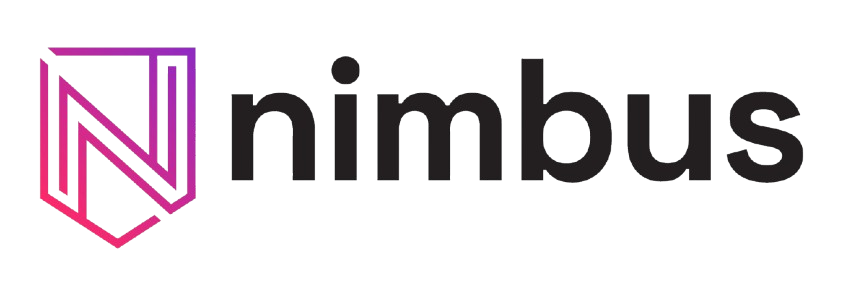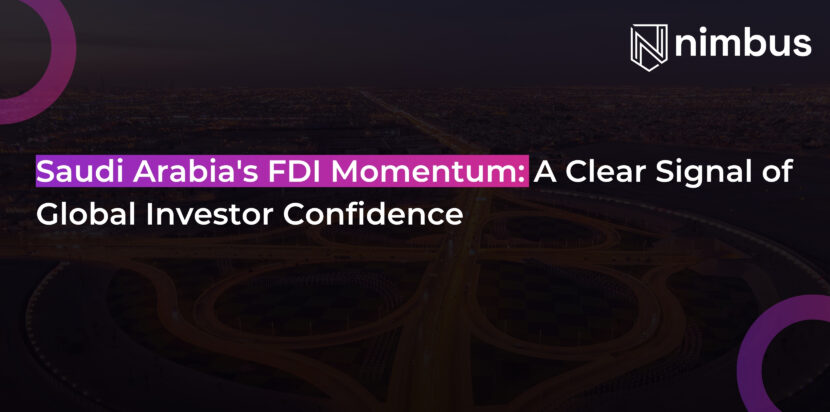Saudi Arabia’s foreign direct investment (FDI) trajectory continues to gain momentum, underscoring the Kingdom’s strategic progress in economic diversification.
With record-breaking quarterly inflows and increased investor participation and business setup in the KSA across key non-oil sectors like technology, tourism, and healthcare, Saudi Arabia is quickly becoming a magnet for global capital.
The country’s vision to reshape its economic landscape through structural reforms and forward-looking policies is now being validated by real-time data. This post offers some key insights showing the KSA’s FDI momentum.
Foreign Direct Investment in Saudi Arabia

1. Strong Surge in FDI in Q4 2024
The final quarter of 2024 witnessed a 26% surge in net FDI inflows, rising to $5.8 billion (SR22.1 billion), up from $4.6 billion (SR17.5 billion) during the same period in 2023.
This growth marks a substantial increase in investor appetite for Saudi Arabia’s non-oil economic sectors, signaling trust in the market’s stability, transparency, and long-term potential. On a sequential basis, FDI inflows in Q4 2024 were 17% higher than Q3, reaching $6.3 billion (SR23.8 billion).
The consistent quarterly growth highlights the Kingdom’s ability to attract investment beyond traditional hydrocarbons, a key objective of the national Vision 2030 agenda. This performance comes in the context of a global FDI landscape marked by cautious spending and shifting investor priorities.
2. Noticeable Ranking in Global FDI Index
The FDI Confidence Index is a measure of investor sentiment based on the perceptions of senior executives regarding the most attractive destinations for FDI over the next three years. Being in the top 15 shows how Saudi Arabia’s policy shifts and project executions are translating into positive global perceptions.
Saudi Arabia climbed to 13th place in the Kearney 2025 FDI Confidence Index, marking its highest position ever. This jump reflects a broader international recognition of the reforms, economic resilience, and strategic vision being executed by the Kingdom.
3. Economic Growth Powered by Non-Oil Sector
Saudi Arabia’s real GDP grew by 2.7% year-on-year in Q1 2025. This increase is attributed largely to strong non-oil sector activity, which expanded by 4.2%. Meanwhile, government-related activities grew by 3.2%, illustrating a broader public-private partnership dynamic fueling economic development.
The General Authority for Statistics (GASTAT) recently updated its GDP methodology to increase the weight of non-oil sectors, aligning it more closely with international standards. This recalibration enhances the credibility and clarity of economic data, further boosting investor confidence.
Importantly, the private sector remains a strong contributor to this momentum. FDI growth and private sector development are increasingly intertwined, supported by Vision 2030 Realization Programs, regulatory reforms, and targeted infrastructure investments.
4. Eastern Province Leading the Way
The Eastern Province has emerged as Saudi Arabia’s top FDI destination, accounting for 42% of the country’s total FDI stock. With an investment stock of $97.6 billion (SR366 billion), this region has become a key pillar in the Kingdom’s investment landscape. Key figures highlighting the Eastern Province’s dominance include:
- Over 5,400 active foreign investment licenses issued
- Support for more than 53,000 jobs
- A 36% localization rate, aligning with national Saudization goals
The region’s appeal lies in its strategic location, developed infrastructure, and the availability of high-potential sectors. The Eastern Province hosts investments across petrochemicals, energy, mining, manufacturing, and real estate.
Moreover, 34 international companies have received licenses to establish regional headquarters in the Eastern Province. These companies are leveraging the province’s robust connectivity and policy support to position themselves for long-term growth.
5. $88.9 Billion in Investment Opportunities
More than 600 investment opportunities valued at over $88.9 billion (SR330 billion) are currently available in the Eastern Province alone. These projects span a range of sectors and align with broader national development strategies.
Investors can access these opportunities through the Invest Saudi platform, which serves as a centralized gateway for information, licensing, and sector-specific project portfolios, and aim for a compliant business incorporation in the KSA.
6. Saudi Arabia’s FDI Target: $100 Billion by 2030
Saudi Arabia has set a national goal of attracting $100 billion in FDI by the year 2030. Given the current growth trajectory, the country is on a credible path to achieving this target.
Policymakers continue to introduce new reforms aimed at streamlining the business environment, protecting investor rights, and offering competitive incentives. These include:
- Tax exemptions for specific sectors
- Relaxation of ownership requirements in various industries
- Faster licensing procedures through unified digital platforms
Investor Confidence in the KSA
Saudi Arabia’s FDI growth in late 2024 and early 2025 is a validation of the Kingdom’s economic transformation strategy. As non-oil sectors expand, international confidence grows.
Investors looking for a profitable business setup in Saudi Arabia should venture now. With infrastructure megaprojects underway and strategic reforms being implemented, the Kingdom is offering a perfect combination of opportunity, stability, direction, and scale.



